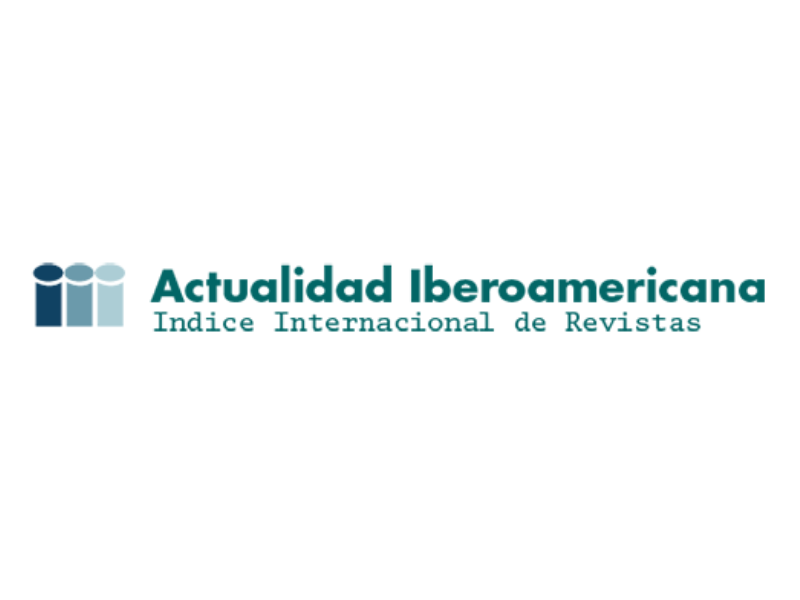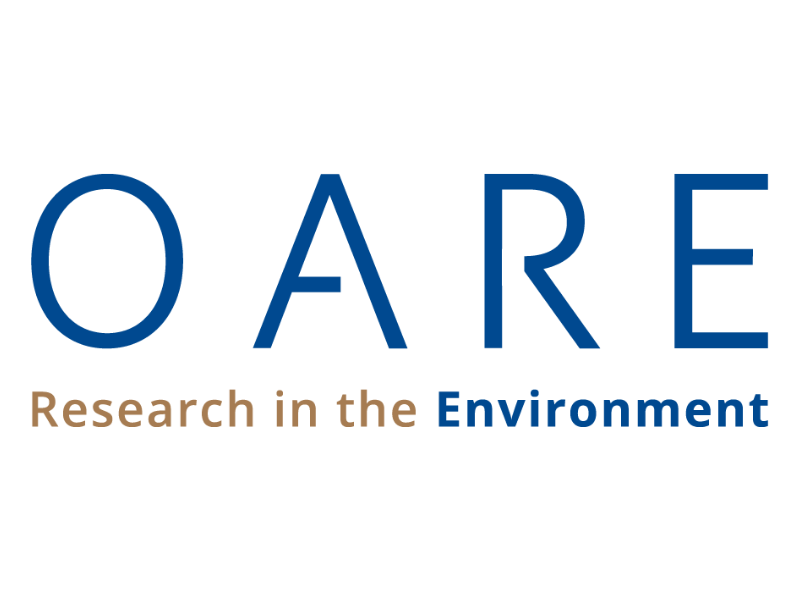Sows’ parity and coconut oil postnatal supplement on piglets performance
Sows’ parity and coconut oil postnatal supplement on piglets performance
Mostrar biografía de los autores
ABSTRACT
Objectives. The study aimed to evaluate the effect of sows’ of different parities and the supplement of coconut oil for piglets, on the development of litter. Materials and methods. A total of 51 sows of different parities and their 642 piglets were used in the trial. Each piglet was weighed and identified at birth in a sequential order. They were randomly distributed in two treatments (CG=control group and TG=test group). TG piglets had the first access to a dosage of 3.0 ml of coconut oil 12 hours after birth, and the second at 36 h after the first. Piglets were weighed at 21 days. In order to analyze the effect of the coconut oil supplement as a function of the weight at birth, piglets were grouped according to their weight (0.600 to 0.900 kg; 1.000 to 1.499kg; 1.500 to 1.999 kg; and 2.000 to 2.499 kg). Results. Sows parity affected the number and weight of born piglets. Sows in 4th, 5th and 7th parity had a larger litter than those from the 2nd parity. Sows from 2nd and 3rd parity had a lower number of piglets but heavier litter. No effect of the coconut oil supplement on neonatal piglets’ performance was found. Conclusions. The coconut meal was neither beneficial to neonatal piglets nor to those with low weight at birth, which usually present low body energy.
RESUMEN
Objetivo. El objetivo del estudio fue evaluar el efecto del número de partos y el suplemento de aceite de coco en lechones recien nacidos. Materiales y métodos. Se utilizaron 51 cerdas de diferentes partos y sus 642 lechones. Cada lechón se pesó y se identificó al nacer en orden secuencial. Fueron distribuidos aleatoriamente en dos grupos (CG = control y TG=tratamiento). Lechones TG tenían el primer acceso a una dosis de 3.0 ml de aceite de coco 12 horas después del nacimiento, y el segunda a las 36 h después de la primera. Los lechones fueron pesados a los 21 días. Con el fin de analizar el efecto de los suplementos de aceite de coco con relación al peso al nacer. Los lechones fueron agrupados de acuerdo con su peso (0.600 a 0.900 kg; 1.000 a 1.499 kg; 1.500 a 1.999 kg y 2.000 a 2.499 kg). Resultados. El número de partos afectó el peso y el número de lechones nacidos. Cerdas en cuarto, quinto y séptimo parto, tuvieron una camada mayor que las de segundo parto. Las cerdasde segundo y tercer parto tuvieron menor número de lechones y con peso mayor. No se encontró efectodel suplemento de aceite de coco en el desarrollo de los lechones recién nacidos. Conclusiones. Loaceite de coco no es favorable para los lechones recién nacidos, tampoco para aquellos con el bajopeso al nacer, que normalmente presentan la energía corporal baja.
Visitas del artículo 914 | Visitas PDF
Descargas
- Tanghe S, Missotten J, Raes K, Vangeyte J, De Smet S. Diverse effects of linseed oil and fish oil in diets for sows on reproductive performance and pre-weaning growth of piglets. Livest Sci 2014, 164:109-118. http://dx.doi.org/10.1016/j.livsci.2014.03.009
- Antunes RC. Planejando a reposição de reprodutores (macho e fêmea) e impacto sobre a eficiência reprodutiva da granja. Rev Bras Reprod Anim 2007; 31: 41–46.
- Fix JS, Cassady JP., Holl JW., Herring WO., Culbertson MS., See MT. Effect of piglet birth weight on survival and quality of commercial market swine. Livest Sci 2010, 132(1):98-106.
- http://dx.doi.org/10.1016/j.livsci.2010.05.007
- Holanda MCR, Barbosa SBP, Sampaio IBM, Santos ES, Santoro KR. Tamanho da leitegada e pesos médios, ao nascer e aos 21 dias de idade, de leitões da raça Large White. Arq Bras Med Vet Zoot 2005; 57: 539-544. http://dx.doi.org/10.1590/S0102-09352005000400016
- Hauptli L, Berto DA, Augusto RMN, Lo Tierzo V, Moraes KMCMT, Lucchesi L. Níveis de maltodextrina na dieta de leitões desmamados aos 21 dias. Acta Sci 2012; 34(3): 273-278.
- http://dx.doi.org/10.4025/actascianimsci.v34i3.12686
- Vasdal G, Østensen I, Melišová M, Bozděchová B, Illmann G, Andersen IL. Management routines at the time of farrowing–effects on teat success and postnatal piglet mortality from loose housed sows. Livest Sci 2011, 136(2):225-231. http://dx.doi.org/10.1016/j.livsci.2010.09.012
- Gebhart, K, Jensen D, Kitt S, Sonderman J, Hostetler C. Effect of split-suckling feeding coconut oil on piglet performance and survival. J Anim Sci 2011; 89:161.
- SAS. Statistical Analysis System [CD-ROM]. Versión 9.0. Cary, NC, USA: SAS Inst, Inc; 2001.
- Bortolozzo FP, Wentz I. Suinocultura em ação. A fêmea suína gestante. Porto Alegre: Gráfica da UFRGS, 2007.
- Vargas AJ, Bernardi ML, Bortolozzo FP. Factors associated with return to estrus in first service swine females. Prev Vet Med 2009; 89: 75-80. http://dx.doi.org/10.1016/j.prevetmed.2009.02.001
- Kruse S, Traulsen I, Krieter J. Analysis of water, feed intake and performance of lactating sows. Livest Sci 2011; 135:177-183.
- http://dx.doi.org/10.1016/j.livsci.2010.07.002
- Thaker MYC, Bilkei G. Lactation weight loss influences subsequent reproductive performance of sows. Anim Reprod Sci 2005; 88:309-318 http://dx.doi.org/10.1016/j.anireprosci.2004.10.001
- Poleze E, Bernardi ML, Amaral Filha WS, Wentz I, Bortolozzo FP. Consequences of variation in weaning-to-estrus interval on reproductive performance of swine females. Livest Sci 2006. 103:124-130. http://dx.doi.org/10.1016/j.livsci.2006.02.007
- Empresa Brasileira De Pesquisa Agropecuária(BR). Produção Suínos [Internet]. Concórdia (SC). EMBRAPA; 2000. [Accessed 2013 September 16]. URL Avaiable in: http://sistemasdeproducao.cnptia.embrapa.br/FontesHTML/Suinos/SPSuinos/manejoprodu.html
- Quesnel H, Brossard L, Valancogne A, Quiniou N. Influence of some sow characteristics on within-litter variation of piglet birth weight. Animal 2008; 2(12):1842-1849. http://dx.doi.org/10.1017/S175173110800308X
- Vonnahme KA, Wilson ME, Foxcroft GR, Ford SP. Impacts of conceptus survival in a commercial swine herd. J Anim Sci 2002; 80:553-559. http://dx.doi.org/10.2527/2002.803553x
- Borges VF, Bernardi ML, Bortolozzo FP, Wentz I. Perfil de natimortalidade de acordo com ordem de nascimento, peso e sexo de leitões. Arq Bras Med Vet Zootec 2008; 60(5):1234-1240
- http://dx.doi.org/10.1590/S0102-09352008000500028
- Pardo CE, Müller S, Bérard J, Kreuzer M, Bee G. Importance of average litter weight and individual birth weight for early postnatal performance and myofiber characteristics of progeny. Livest Sci 2013; 157(1):330-338. http://dx.doi.org/10.1016/j.livsci.2013.06.015
- Kapell DN, Ashworth CJ, Knap PW, Roehe R. Genetic parameters for piglet survival, litter size and birth weight or its variation within litter in sire and dam lines using Bayesian analysis. Livest Sci 2011; 135(2):215-224. http://dx.doi.org/10.1016/j.livsci.2010.07.005
- Bianchi I, Junior TL., Deschamps JC., Schneider A., Rabassa VR., Corrêa MN. Indicadores de desempenho relacionado ao parto de fêmeas suínas de primeiro e segundo partos. R Bras Zootec 2010; 39(6):1359-1362. http://dx.doi.org/10.1590/S1516-35982010000600027
- Fraga AB, Araújo Filho JT, Azevedo AP, Silva FL, Santana RS, Machado DFBP, Costa PPS. Peso médio do leitão, peso e tamanho de leitegada, natimortalidade e mortalidade em suínos no Estado de Alagoas. Rev Bras S Prod 2007; 8:354-363.
- Yun J, Swan KM, Vienola K, Kim YY, Oliviero C, Peltoniemi OAT, Valros A. Farrowing environment has an impact on sow metabolic status and piglet colostrum intake in early lactation. Livest Sci 2014; 163:120-125. http://dx.doi.org/10.1016/j.livsci.2014.02.014
- Morise A, Louveau I, Le Huërou-Luron I. Growth and development of adipose tissue and gut and related endocrine status during early growth in the pig: impact of low birth weight. Animal 2008; 2:73-83. http://dx.doi.org/10.1017/S175173110700095X
- Lallès JP, Bosi P, Smidt H, Stokes CR . Nutritional management of gut health in pigs around weaning. P Nutr Soc 2007; 66:260-268. http://dx.doi.org/10.1017/S0029665107005484
- Duée PH, Pégorier JP, Quant PA, Herbin C, Kohl C, Girard J. Hepatic ketogenesis in newborn pigs is limited by low mitochondrial 3-hydroxy-3-methylglutaryl-CoA synthase activity. Biochem J 1994; 298:207–212. http://dx.doi.org/10.1042/bj2980207























